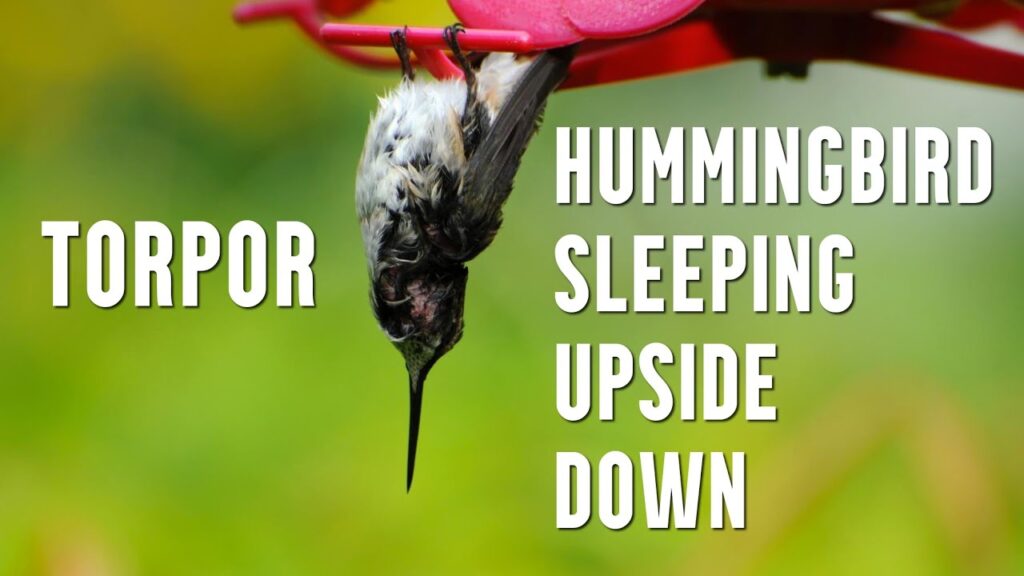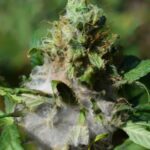How Do Hummingbirds Sleep?
Introduction
Hummingbirds are remarkable creatures known for their incredible flying abilities, vibrant colors, and unique behaviors. One of the most fascinating aspects of these tiny birds is how they sleep. Unlike many other birds, hummingbirds enter a state known as torpor during sleep, which allows them to conserve energy and survive in various environmental conditions. This article will explore the sleeping habits of hummingbirds, focusing on the process of torpor, its physiological implications, and the environmental factors that influence their sleep patterns. We will also provide a comprehensive FAQ section and a summary table of key information.
Understanding Hummingbird Sleep
What is Torpor?
Torpor is a state of deep sleep that allows hummingbirds to significantly reduce their metabolic rate, heart rate, and body temperature. This adaptation is crucial for their survival, especially given their high metabolism and energy requirements. During torpor, a hummingbird’s metabolic rate can drop by as much as 95%, allowing it to conserve energy during the night when food is not available.
Key Characteristics of Torpor
- Metabolic Reduction: The hummingbird’s metabolism slows dramatically, reducing its energy needs.
- Decreased Heart Rate: The heart rate can drop from around 1,200 beats per minute to as low as 50 beats per minute.
- Lowered Body Temperature: Body temperature can drop significantly, sometimes down to 50 degrees Fahrenheit (10 degrees Celsius) from a normal temperature of around 104 to 108 degrees Fahrenheit (40 to 42 degrees Celsius).
- Duration: Hummingbirds typically enter torpor at night and can remain in this state for several hours, depending on environmental conditions.
The Process of Entering Torpor
Hummingbirds begin to prepare for torpor as daylight fades. As the sun sets, their bodies respond to the decreasing light levels and cooler temperatures. The process involves several physiological changes:
- Feeding: Before entering torpor, hummingbirds often feed extensively to build up energy reserves. They rely on nectar and insects for sustenance.
- Finding Shelter: Hummingbirds seek out safe, sheltered locations to rest, such as tree branches or dense shrubs, where they are less vulnerable to predators.
- Transitioning into Torpor: Once settled, the hummingbird’s body begins to lower its metabolic functions. This transition can take anywhere from a few minutes to an hour.
Sleeping Position
Hummingbirds often sleep hanging upside down, a position that may seem alarming but is perfectly natural for them. Their feet have a locking mechanism that allows them to grip onto branches securely while they sleep. This position helps them maintain their grip and prevents them from falling during their deep sleep state.
Environmental Factors Influencing Sleep
Several environmental factors can influence how and when hummingbirds enter torpor:
- Temperature: Colder temperatures often trigger longer periods of torpor, as the birds need to conserve energy to maintain their body heat.
- Food Availability: If food sources are scarce, hummingbirds may enter torpor more frequently to conserve energy.
- Weather Conditions: Rain or strong winds can prompt hummingbirds to seek more sheltered locations for sleep.
The Importance of Torpor
Torpor is a critical adaptation for hummingbirds, allowing them to survive in environments where food is not consistently available. This state of deep sleep helps them:
- Conserve Energy: By significantly reducing their metabolic rate, hummingbirds can survive the night without needing to feed.
- Survive Cold Nights: In colder climates, torpor allows hummingbirds to maintain their energy levels and avoid hypothermia.
- Adapt to Environmental Changes: The ability to enter torpor helps hummingbirds cope with fluctuations in temperature and food availability.
FAQ Section
Q: How long do hummingbirds sleep?
A: Hummingbirds typically sleep for about 12 hours each night, entering torpor after sunset and waking at dawn.
Q: Do hummingbirds sleep in the same place every night?
A: No, hummingbirds may vary their sleeping locations to avoid predators and adapt to changing environmental conditions.
Q: Can hummingbirds sleep during the day?
A: While hummingbirds primarily sleep at night, they can enter torpor during the day if they are unable to find food or if temperatures drop significantly.
Q: What happens if a hummingbird is disturbed while in torpor?
A: If a hummingbird is disturbed during torpor, it may wake up and become active again, but it can take some time for its body to fully recover from the state of deep sleep.
Q: How do hummingbirds maintain their body temperature during torpor?
A: During torpor, hummingbirds rely on their metabolic heat to maintain a minimum body temperature. Their body temperature drops significantly, but it remains above the critical level needed for survival.
Q: Is torpor the same as hibernation?
A: No, torpor is a short-term state of reduced metabolic activity that hummingbirds enter nightly, while hibernation is a long-term state that some animals enter for weeks or months during cold seasons.
Q: How do I know if a hummingbird is in torpor?
A: A hummingbird in torpor may appear lifeless, hanging upside down, with little to no movement. It can be difficult to detect any signs of life, such as breathing.
Conclusion
Hummingbirds are extraordinary creatures with unique adaptations that allow them to thrive in various environments. Their ability to enter torpor is a fascinating survival strategy that enables them to conserve energy and cope with the challenges of their habitat. Understanding how hummingbirds sleep provides valuable insights into their behavior and ecology, highlighting the remarkable resilience of these tiny birds.For more information on hummingbirds and their behaviors, you can refer to the Wikipedia page on Hummingbirds.
| Characteristic | Description |
|---|---|
| Sleep State | Torpor, a deep sleep state that conserves energy |
| Metabolic Rate Reduction | Drops by up to 95% during torpor |
| Heart Rate | Can decrease from 1,200 beats per minute to around 50 |
| Body Temperature | Drops from 104-108°F (40-42°C) to as low as 50°F (10°C) |
| Duration of Sleep | Typically around 12 hours, influenced by environmental conditions |
| Sleeping Position | Often hangs upside down on branches |
| Environmental Triggers | Cold temperatures, food scarcity, and weather conditions |
By appreciating the unique sleeping habits and adaptations of hummingbirds, we can better understand their role in the ecosystem and the importance of conserving their habitats.



